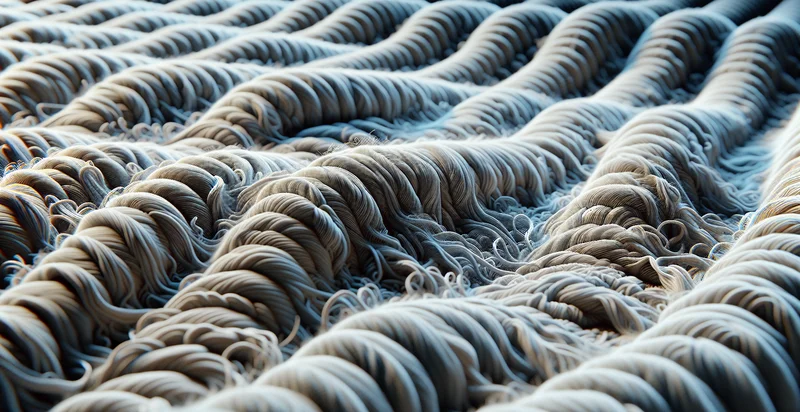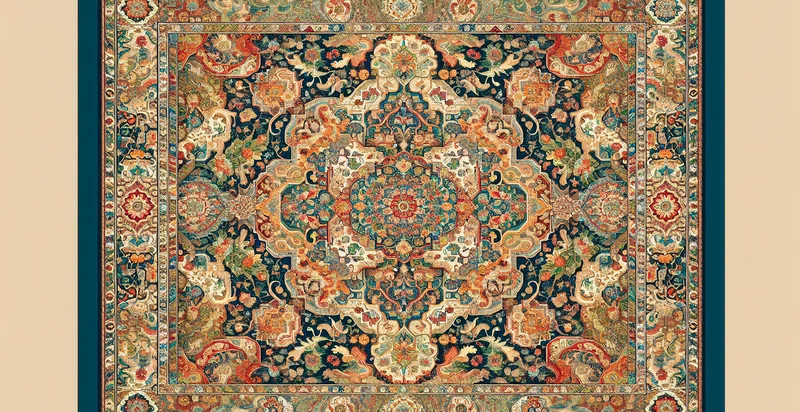Identify what material a rug is made from
using AI
Below is a free classifier to identify what material a rug is made from. Just upload your image, and our AI will predict what material a rug is made from - in just seconds.

Contact us for API access
Or, use Nyckel to build highly-accurate custom classifiers in just minutes. No PhD required.
Get started
import nyckel
credentials = nyckel.Credentials("YOUR_CLIENT_ID", "YOUR_CLIENT_SECRET")
nyckel.invoke("what-material-a-rug-is-made-from", "your_image_url", credentials)
fetch('https://www.nyckel.com/v1/functions/what-material-a-rug-is-made-from/invoke', {
method: 'POST',
headers: {
'Authorization': 'Bearer ' + 'YOUR_BEARER_TOKEN',
'Content-Type': 'application/json',
},
body: JSON.stringify(
{"data": "your_image_url"}
)
})
.then(response => response.json())
.then(data => console.log(data));
curl -X POST \
-H "Content-Type: application/json" \
-H "Authorization: Bearer YOUR_BEARER_TOKEN" \
-d '{"data": "your_image_url"}' \
https://www.nyckel.com/v1/functions/what-material-a-rug-is-made-from/invoke
How this classifier works
To start, upload your image. Our AI tool will then predict what material a rug is made from.
This pretrained image model uses a Nyckel-created dataset and has 23 labels, including Acrylic, Acrylic Wool, Bamboo, Cashmere, Cotton, Cotton Blend, Felting Wool, Hemp, Jute and Leather.
We'll also show a confidence score (the higher the number, the more confident the AI model is around what material a rug is made from).
Whether you're just curious or building what material a rug is made from detection into your application, we hope our classifier proves helpful.
Related Classifiers
Need to identify what material a rug is made from at scale?
Get API or Zapier access to this classifier for free. It's perfect for:
- E-commerce Quality Assurance: Online retailers can implement the rug material classification function to ensure accurate product descriptions. By automatically identifying the material of rugs listed for sale, sellers can reduce returns and enhance customer satisfaction by providing correct information upfront.
- Interior Design Consultation: Interior designers can use the rug material identifier to recommend the right rugs for their clients’ needs. By understanding the characteristics of different materials, designers can suggest options that align with the desired aesthetic, maintenance level, and comfort of a space.
- Sustainability Tracking: Companies focused on sustainability can utilize the material classification function to assess the eco-friendliness of the rugs they are sourcing or selling. This information can be crucial for consumers interested in supporting sustainable and ethically produced products, thereby enhancing the business's green credentials.
- Insurance Claims Verification: Insurance companies can use the rug material identifier during claims processing to verify claims related to damage to rugs. By accurately identifying the material, they can assess the value and determine appropriate compensation based on the rug's quality and material.
- Restoration and Cleaning Services: Professional rug cleaners and restorers can leverage this function to tailor their cleaning methods based on the specific materials of the rugs. Different materials require different care techniques; understanding the material allows service providers to optimize their cleaning processes and preserve the integrity of the rugs.
- Market Research and Trend Analysis: Businesses in the home decor industry can utilize the material classification to analyze market trends in rug sales. By understanding which materials are most popular, companies can adjust their inventory and marketing strategies to align with consumer preferences, maximizing their competitiveness.
- Artisan Craft Promotion: Organizations supporting artisanal craft can use the rug material identifier to promote traditional and handmade rugs more effectively. Highlighting the materials used can educate consumers on the value of artisan products and encourage more informed purchasing decisions in support of local craftspeople.


